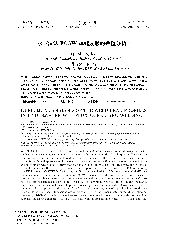摘要
Underwater wet flux-cored arc welding (FCAW) has great potential prospects of wide application in ocean engineering due to its easiness of automation and high weld quality. However, the thermal process of underwater wet welding is more complicated: the arc energy distribution is more concentrated in high-pressure environment of underwater, the convection heat transfer coefficient of the weldment under water is much larger than that in air. This study focuses on establishing the numerical model for analyzing the thermal process and the temperature field in underwater wet FCAW by using the FEM software SYSWELD. Both the generalities and peculiarities of the conventional GMAW (gas metal arc welding) in air and underwater wet FCAW processes are taken into consideration, especially the two remarkable characteristics of underwater wet welding, i.e., the water compressing action to the arc, and the enhanced heat losses caused by the surrounding water. Based on the calculated temperature profiles, the weld bead shape and sizes are predicted in underwater FCAW, which lays the foundation for the process optimization. It is found that under 4 groups of typical welding conditions the calculated weld bead dimensions are in agreement with the experimental ones, which validated the energy distribution pattern of the heat source and the numeric model for underwater wet welding. Experiments showed that the weld bead was thinner and deeper in underwater wet welding than that in conventional GMAW under the same welding parameters, while the variation regularity of weld bead profile is similar.
